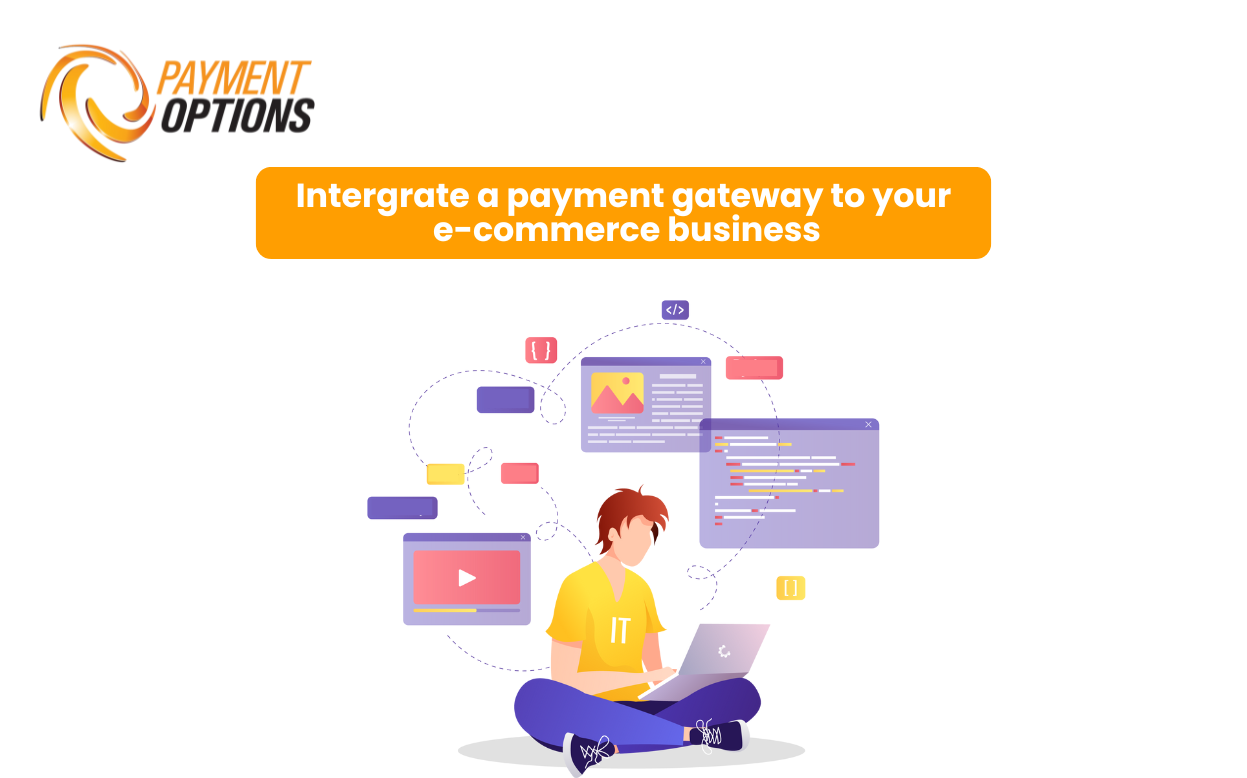Payment Gateway APIs: Understanding the Backbone of Online Transactions

What is Payment Gateway API?
Payment Gateway API, or Application Programming Interface, serves as the bridge between a merchant’s website or application and the payment processing network. It enables developers to integrate payment gateway services seamlessly into their platforms. By leveraging Payment Gateway APIs, businesses can securely accept a variety of payment methods, including credit cards, debit cards, and digital wallets, without the need for customers to leave the website or application.
How does Payment Gateway API Work?
- Payment Request: When a customer pays, the platform sends a request to the API.
- Secure Transmission: The API sends payment details securely to the processor.
- Authorization: The processor verifies the transaction with the bank.
- Transaction Processing: If approved, the processor deducts the payment.
- Response Handling: It sends a response to the API with the transaction status.
- Customer Notification: The API informs the platform of the status.
- Transaction Settlement: Finally, the processor transfers funds to the merchant.

Benefits of Payment Gateway API
Enhanced User Experience
Integrating Payment Gateway APIs makes checkout smoother and boost conversions by avoiding separate payment pages.
Increased Security
Payment Gateway APIs ensure data safety through encryption and tokenization.
Flexibility and Customization
Businesses can tailor payment methods and checkouts to match their brand.
Streamlined Payment Processing
Automating payment workflows reduces errors and manual tasks, while real-time monitoring helps manage payments efficiently.




